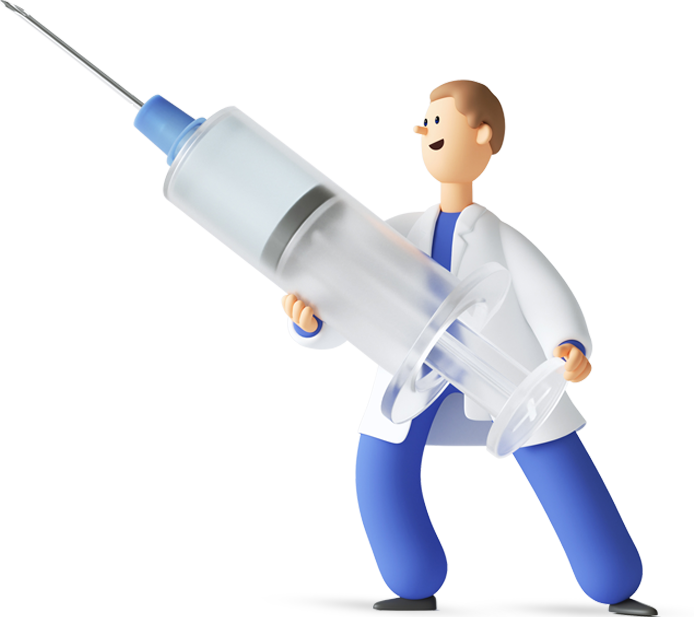
Introduction
Sonography, also known as ultrasound imaging, plays a crucial role in modern healthcare. This non-invasive diagnostic tool uses high-frequency sound waves to create images of the body’s internal structures. Sonography is widely used across various medical specialties, offering numerous benefits in terms of accuracy, safety, and patient comfort. In this article, we will explore the importance of sonography in healthcare and its impact on patient care.
Accurate Diagnosis and Treatment
Sonography is highly effective in diagnosing and monitoring a wide range of medical conditions. It provides detailed images of organs, tissues, and blood vessels, helping healthcare professionals to identify abnormalities, tumors, cysts, and other structural abnormalities. With these precise images, doctors can make accurate diagnoses and develop appropriate treatment plans. Sonography is particularly valuable in obstetrics and gynecology, cardiology, radiology, and many other medical specialties.
Non-Invasive and Safe
One of the significant advantages of sonography is that it is non-invasive and does not involve the use of ionizing radiation, unlike X-rays or CT scans. This makes it a safe imaging option, especially for pregnant women and children. Sonography also eliminates the need for invasive procedures such as exploratory surgeries, reducing the risks associated with surgery and anesthesia. Patients can undergo sonography without any significant discomfort or side effects, making it a preferred choice for both patients and healthcare providers.
Real-Time Imaging
Sonography provides real-time imaging, allowing healthcare professionals to observe the body’s internal structures as they function. This dynamic imaging capability is particularly useful in guiding procedures such as biopsies, injections, and aspirations. Real-time sonography enables doctors to visualize the needle or catheter in real-time, ensuring precise placement and minimizing the risk of complications. This real-time feedback enhances the accuracy and safety of various medical interventions.
Cost-Effective
Compared to other imaging modalities, sonography is relatively cost-effective. It does not require expensive equipment or the use of contrast agents in most cases. Sonography can be performed in outpatient settings, reducing the need for hospitalization and associated costs. Additionally, the real-time nature of sonography allows for immediate evaluation and interpretation of the images, eliminating the need for additional appointments or waiting for results. These factors contribute to the cost-effectiveness of sonography, making it accessible to a wide range of patients.
Screening and Preventive Healthcare
Sonography plays a vital role in screening and preventive healthcare. It is commonly used for routine prenatal care to monitor fetal development and detect any potential abnormalities. Sonography also helps in the early detection of conditions such as breast cancer, liver disease, and gallstones. Early detection allows for timely intervention and improves the chances of successful treatment. By facilitating early diagnosis and preventive care, sonography contributes to improved patient outcomes and overall healthcare management.
Conclusion
Sonography has revolutionized the field of healthcare by providing accurate, safe, and cost-effective imaging. Its non-invasive nature, real-time imaging capabilities, and ability to detect abnormalities make it an invaluable tool for healthcare professionals. Sonography plays a critical role in accurate diagnosis, treatment planning, and monitoring various medical conditions. By enabling early detection and preventive care, sonography significantly contributes to improving patient outcomes and overall healthcare management. As technology continues to advance, sonography will undoubtedly continue to play a vital role in modern healthcare.



